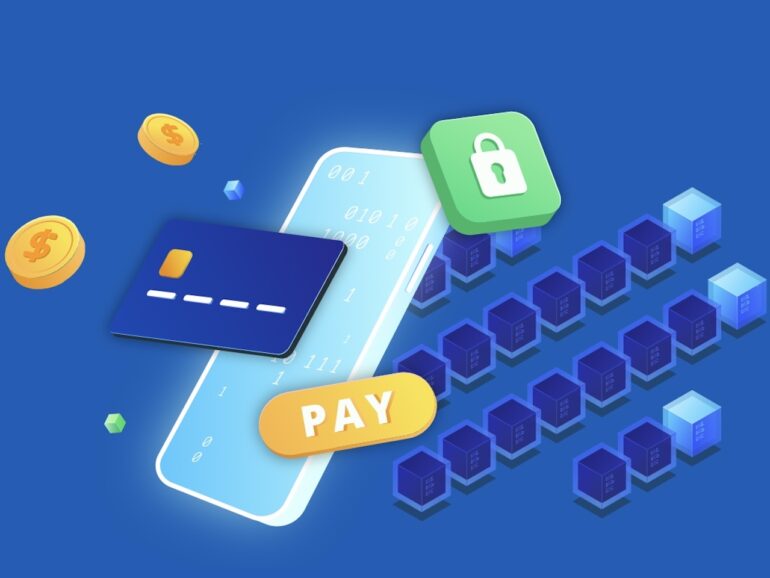The crypto industry has entered a rough patch. Hit by crises of some of the industry’s major players in 2022, trust has faltered, and DeFi is yet to return to its former glory.
In addition, regulators around the world have stepped into action. The US has issued several enforcement actions against crypto companies throughout the course of 2023, and this is likely to continue. David Hirsch, Chief of Crypto Asset and Cyber Unit in the Division of Enforcement at the SEC, warned last week that the agency plans to bring more enforcement actions against the crypto industry. “We’re going to continue to bring those charges,” said Hirsch and explained that non-compliance in the industry stretched beyond the major exchanges the SEC had litigated to date.
However, stories that seem to run against this pattern of enforcement continue to arise, edging further into mainstream finance. Amongst the regulatory noise and reports of DeFi moving overseas, PayPal launched a stablecoin, investment banks are filing for Bitcoin ETFs, and Coinbase has entered into new partnerships.
“From the launch of PayPal’s stablecoin to the news that Visa has successfully allowed Ethereum users to pay gas fees using their Visa credit and debit cards, to yesterday‘s announcement that the US Federal Reserve has integrated a blockchain-based payment provider into its FedNow network, a quiet revolution is happening in blockchain payments infrastructure,” said Gero Piskov, card and payments manager at digital wealth platform Yield App.
The SEC may not be convinced, but the finance industry seems to be forging ahead regardless, driving mass adoption.
Blockchain’s Allure
Blockchain, as we now know it, was developed in the ashes of the 2008 financial crisis, based on an idea described in 1991. Outlined in a whitepaper, Satoshi Nakamoto wrote of the creation of a peer-to-peer payment system that bypassed financial intermediaries. This formed the backbone of cryptocurrencies and the DeFi industry dream.
DeFi tapped into the cross-border capabilities of blockchain. Moving cryptocurrencies could be quick and frictionless regardless of the location of the sender and receiver. While the decentralized nature of the new financial system posed issues for integration into the traditional finance sector, the technology’s potential was clear.

“It’s solving a problem,” said Brendan Berry, Head of Payment Products at Ripple. “When you think about blockchain or crypto more broadly, in many cases, there’s yet to be presented with a better technological solution to core foundational problems that exist in the space…it represents an opportunity to really be a powerful solution and alleviate a lot of pain.”
He explained that despite the lack of regulatory clarity in the space, these pain points were reason enough for financial institutions to continue exploring blockchain applications.
“It’s often much faster to take a bag of cash on an airplane with you than it is to leverage an international wire in order to move those funds,” he continued. “That’s because there are inefficiencies in these systems, and financial institutions are responsible for the pain associated with needing to move currencies across institutions, across different systems.”
Blockchain represents a mechanism to bring transparency, speed, and efficiency to the payments system, he continued.
Driving Crypto Adoption Despite Regulatory Issues
Widespread adoption still eludes the crypto industry despite blockchain’s benefits. While the number of active crypto wallets is steadily rising, the use of crypto in day-to-day payments is few and far between.
“Cryptocurrency will not reach mass adoption, or even widespread adoption until it can be used efficiently as a form of payment,” said Piskov. “There are far too many bottlenecks in the crypto onboarding process. It remains very difficult for the average person with no knowledge of blockchain infrastructure to interact with cryptocurrency fully – and this will remain so until we have some meaningful payment infrastructure in place.”
He explained that while companies have attempted to reduce friction, each solution has come with its own drawbacks. However, as more established TradFi players enter the space, the line between the crypto industry and traditional finance becomes increasingly blurred.
In the case of PayPal, the company is already a trusted global payment provider with a user base of 435 million users. Uptake of its newly launched stablecoin has been slow, but the company is incentivizing adoption. It announced last week that PYUSD would be available on Venmo, a payments app used daily by millions of consumers. The company stated that stablecoin payments between Venmo and PayPal accounts would be free, and payments would also be available to third-party wallets and merchants.
“These quiet integrations of key infrastructure are what is truly needed to drive blockchain and cryptocurrency forward,” Piskov concluded.


